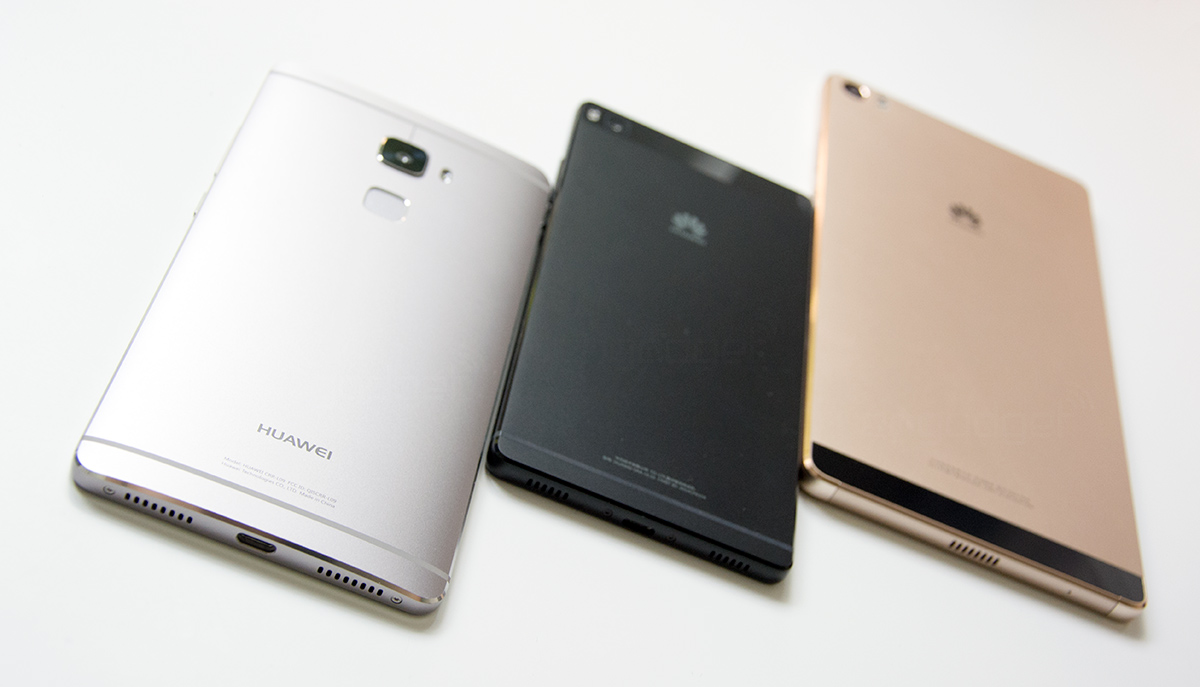Telephone technology hasn’t changed much since Alexander Graham Bell dialed the first call in 1876, but some US carriers are finally prepared to jump forward.
The advent of the cell phone was a big change in telecommunications, but at the end of the day, the infrastructure was basically the same analog transmission across copper wiring. There are some innovations and changes, such as digital compression methods that became more popular with the advent of 2G cell phones, which now sent a compressed digital signal across the same infrastructure.
This technology is dated and may finally have an expiration date in sight. The Federal Communications Commission is encouraging carriers to test the replacement of typical phone services with voice over IP service, which would mean transmitting voice calls as data and using something like an IP address or email address in place of antiquated phone numbers.
This is something many cellular providers, such as Sprint have been experimenting with for a while now as it would enable users to place calls over LTE or WiFi, so the cellular carriers would only need to maintain a single data network instead of separate networks for data and voice as they currently do.
VoIP or VoLTE services would not only make things such as simultaneously talking and using data an easier feat (something that isn’t available for some phones and some carriers), but it will also enhance current features with better video chat support and HD voice compatibility.
Enabling all traffic to go over a single data network also allows all traffic to be sent over more advanced fiber networks—such as Google Fiber or Verizon FiOS—which would decrease the cost of maintaining the current infrastructure and—hypothetically—see reduced costs passed on to the consumer on their monthly bills. At the very least, it will drastically cut the cost of long distance dialing, although roaming agreements will still be another matter.
It’ll take years to complete testing and even longer to convert networks and update all the lagging consumers to the new generation of hardware, but this is the first step towards a new paradigm where your carrier doesn’t distinguish between texting, voice, and data, because it’s all data in their eyes.
Service could be purchased from your preferred provider for the sole purpose of transporting your data from point A to B. That data could be strictly web browsing, or messaging via whatsapp, Google Voice, or iMessage, and phone calls could be conducted through your service of choice, be it Skype, Viber, or FaceTime. Instead of plans being based on minutes, texts, and MB used, they would only need to be priced per MB, or be unlimited data and priced by speed tier (in the same way many home internet services work now).
It’s a small step to start a long process, but we’re already overdue for an update to a 138 year old technology.
Sources: Engadget, GigaOM
Read more from Walyou, Google Acquires Nest, Plans to Take Over Our Homes, New Netflix Subscription Plans Allow For Simultaneous Devices

 You can already get high-quality LTE phone calls on multiple US carriers, but they're not all that practical when they only work between customers from the same carrier. They're on the cusp of hitting the mainstream, though: AT&T has quietly rev...
You can already get high-quality LTE phone calls on multiple US carriers, but they're not all that practical when they only work between customers from the same carrier. They're on the cusp of hitting the mainstream, though: AT&T has quietly rev...
 You can already get high-quality LTE phone calls on multiple US carriers, but they're not all that practical when they only work between customers from the same carrier. They're on the cusp of hitting the mainstream, though: AT&T has quietly rev...
You can already get high-quality LTE phone calls on multiple US carriers, but they're not all that practical when they only work between customers from the same carrier. They're on the cusp of hitting the mainstream, though: AT&T has quietly rev...
 Huawei is now Europe's second largest Android brand, according to Kantar, but there's just no time for celebration. Not too long after launching the Huawei Mate S and the Nexus 6P, the Chinese telecom giant is already teasing the launch of the Mate...
Huawei is now Europe's second largest Android brand, according to Kantar, but there's just no time for celebration. Not too long after launching the Huawei Mate S and the Nexus 6P, the Chinese telecom giant is already teasing the launch of the Mate...















